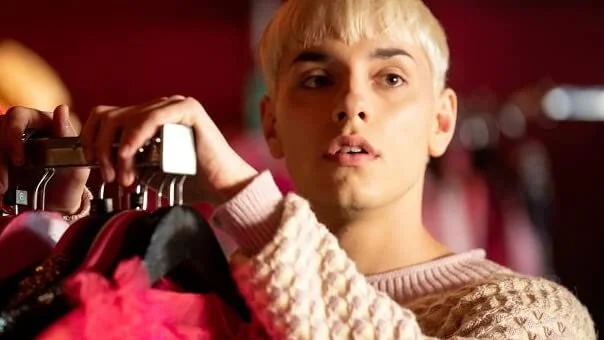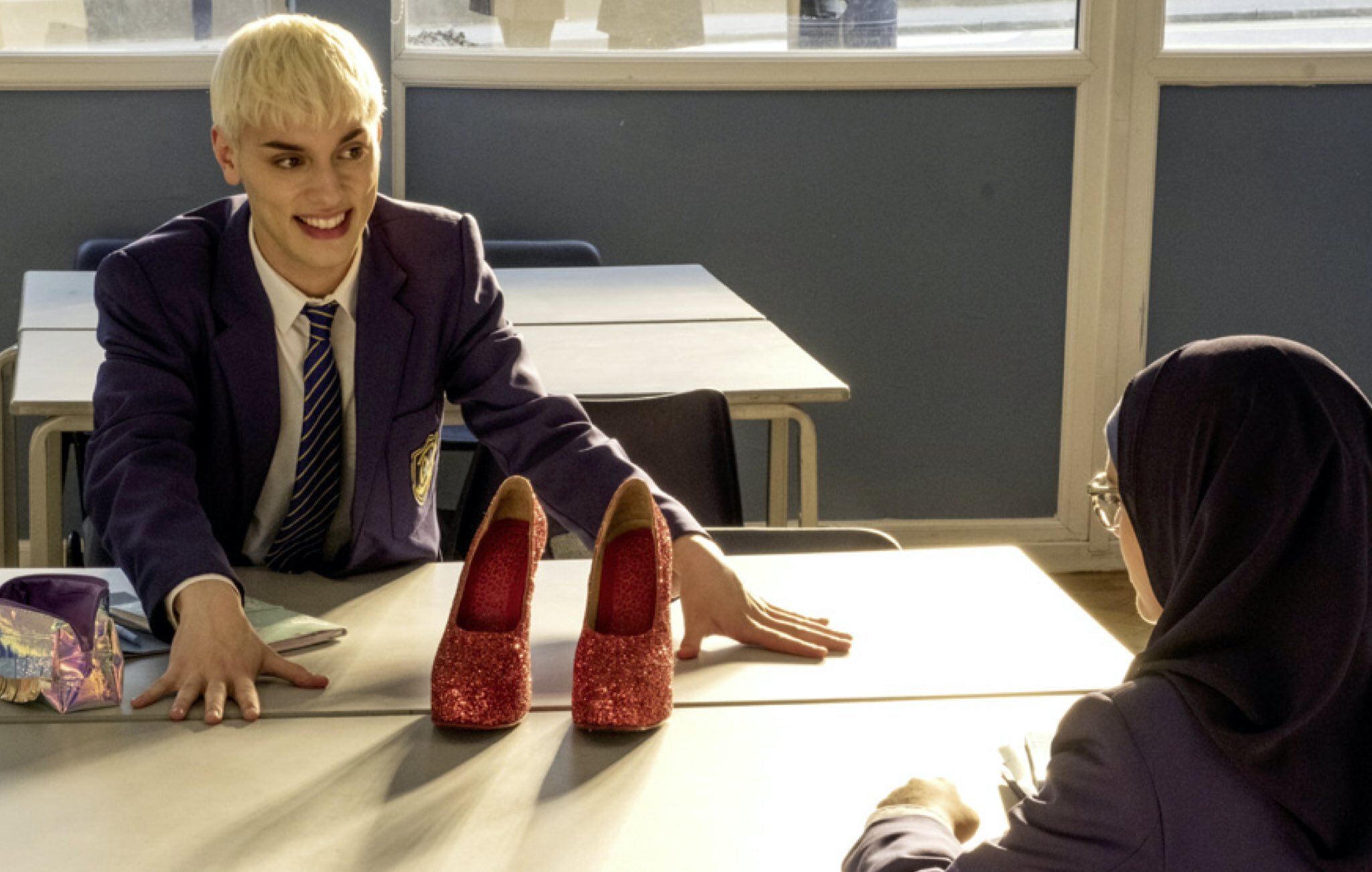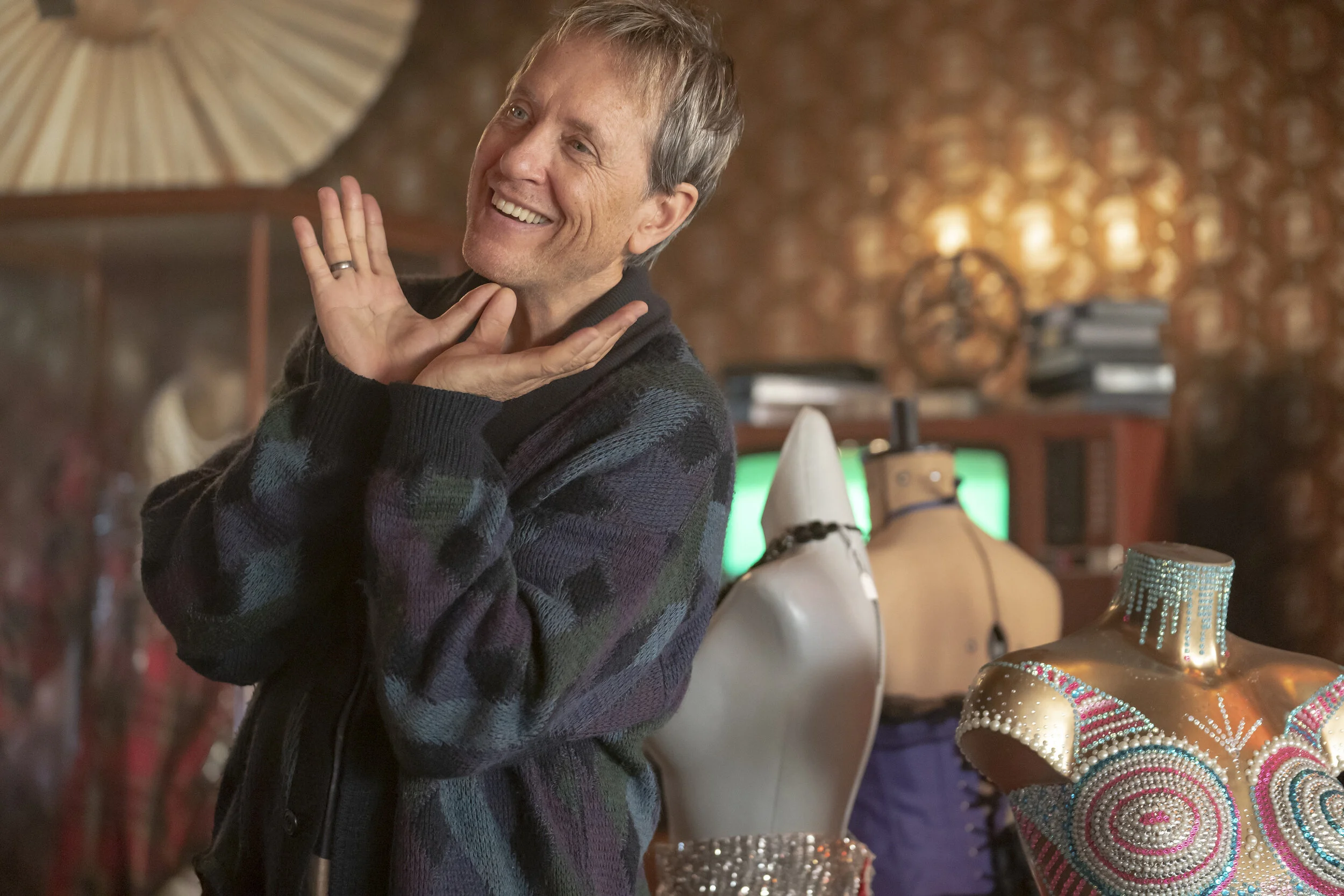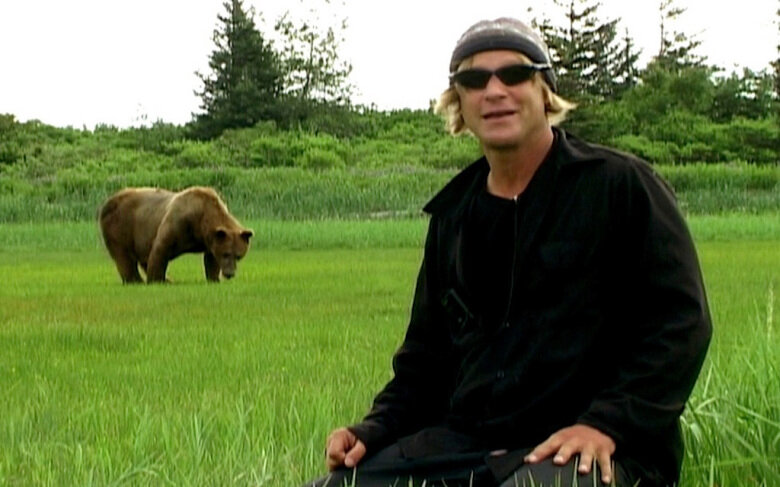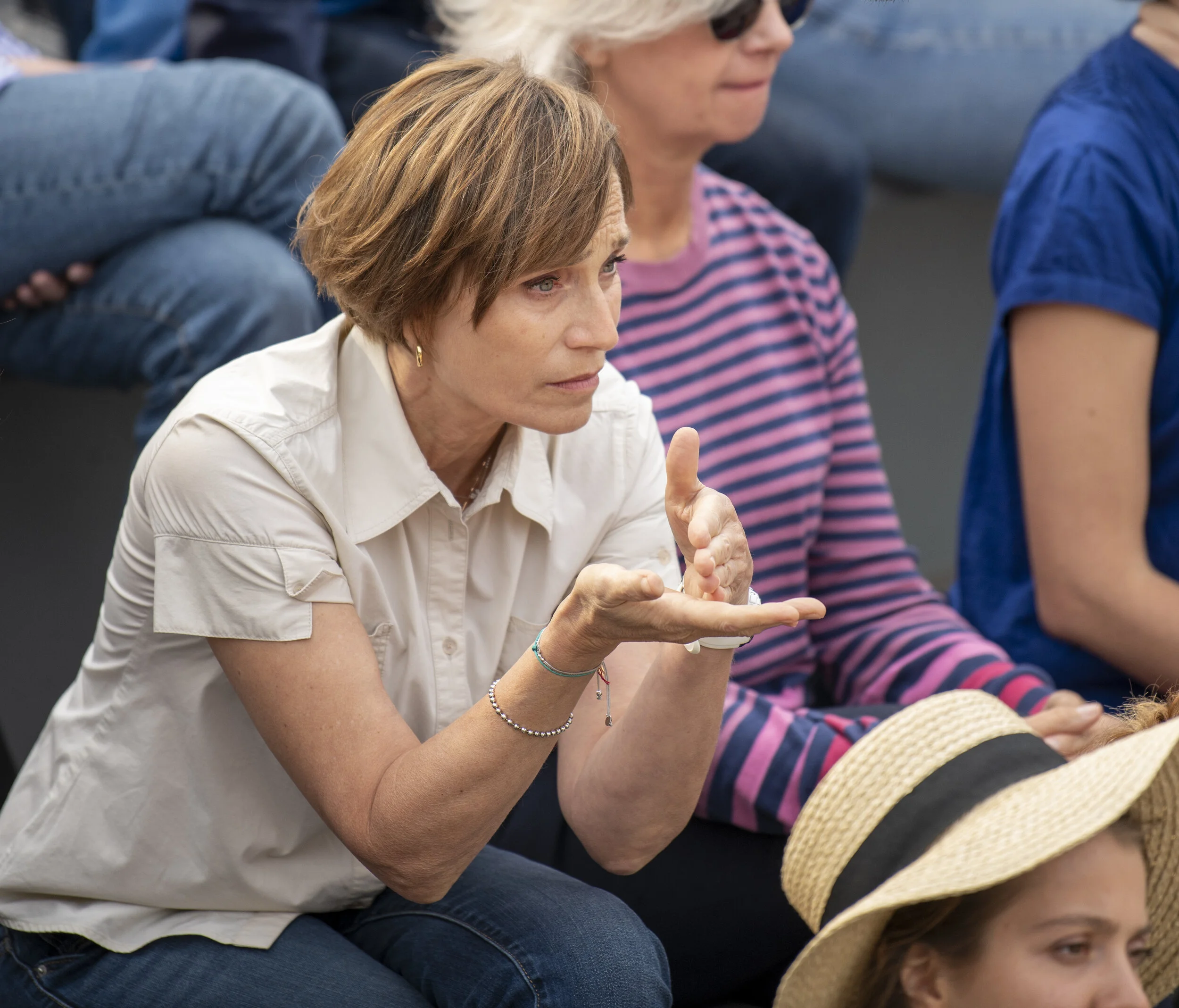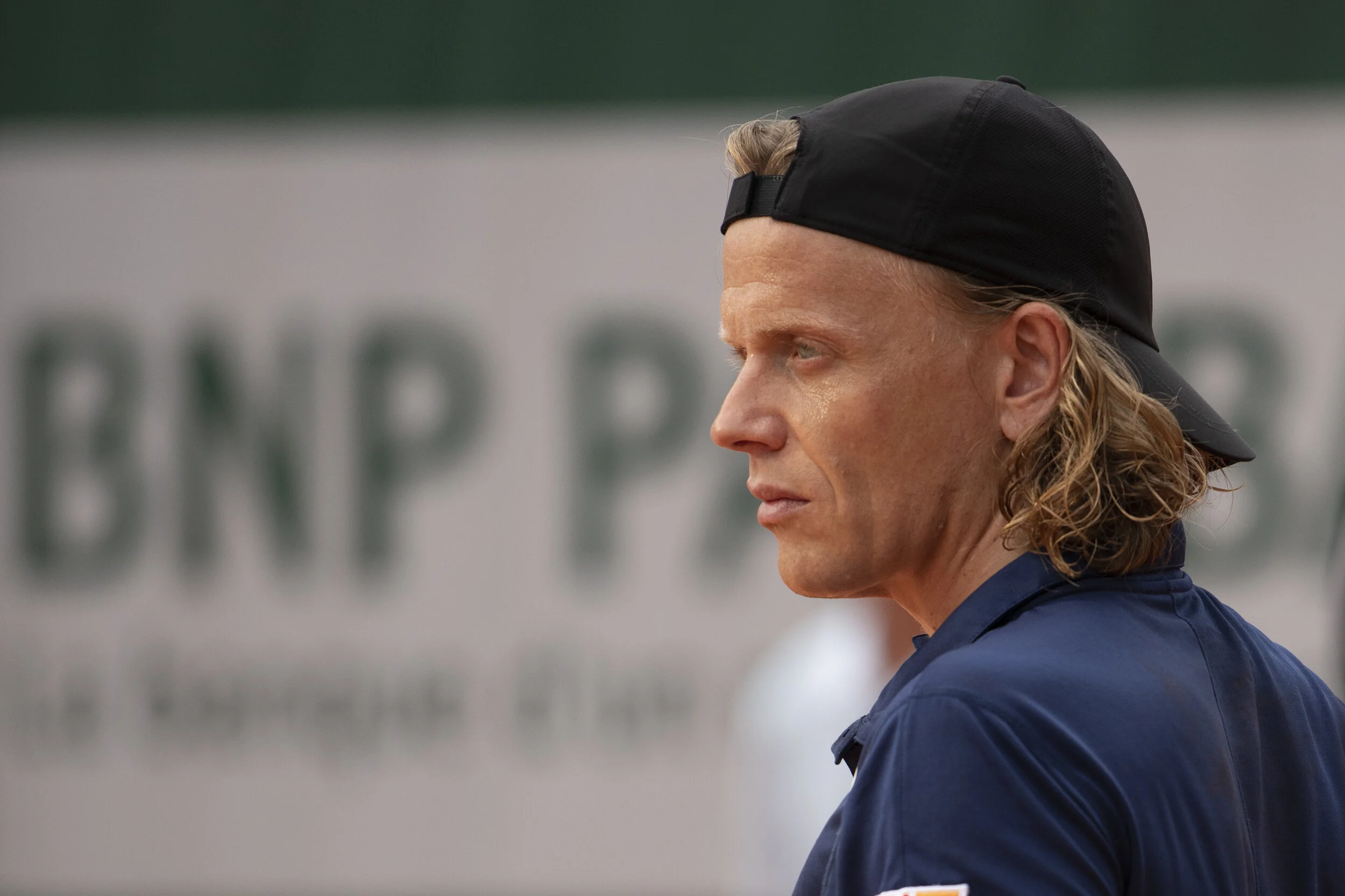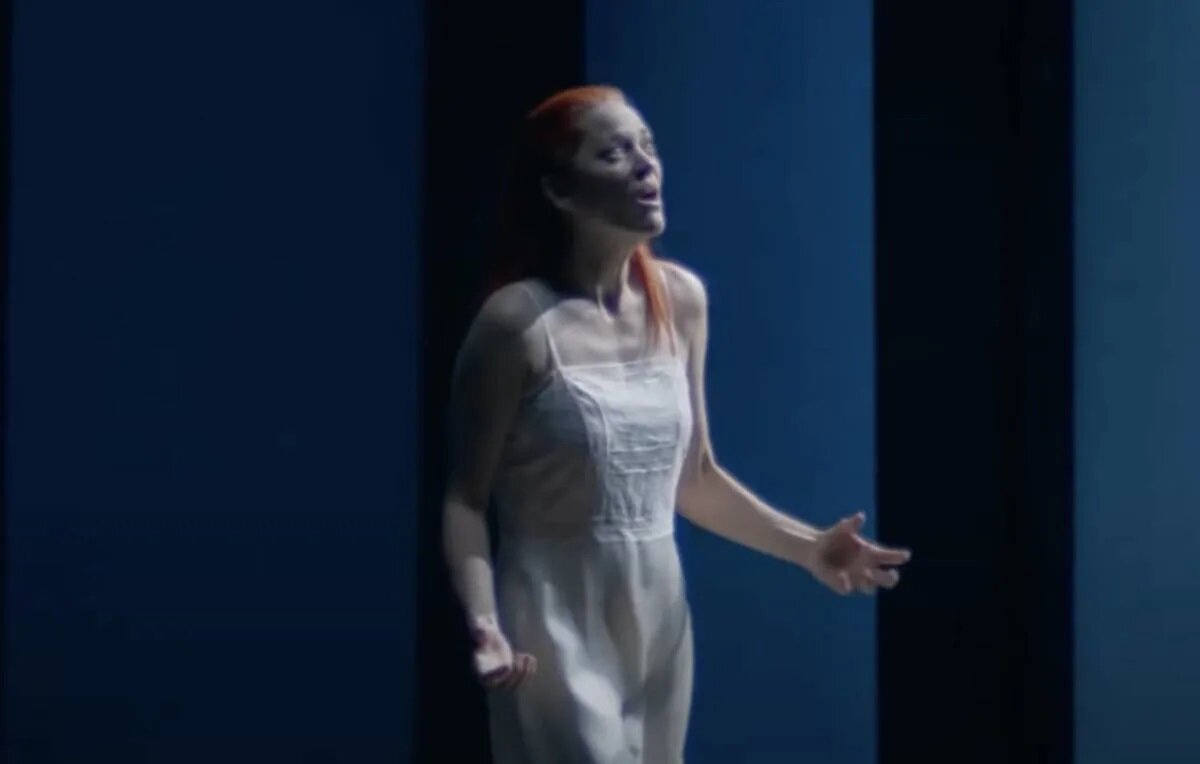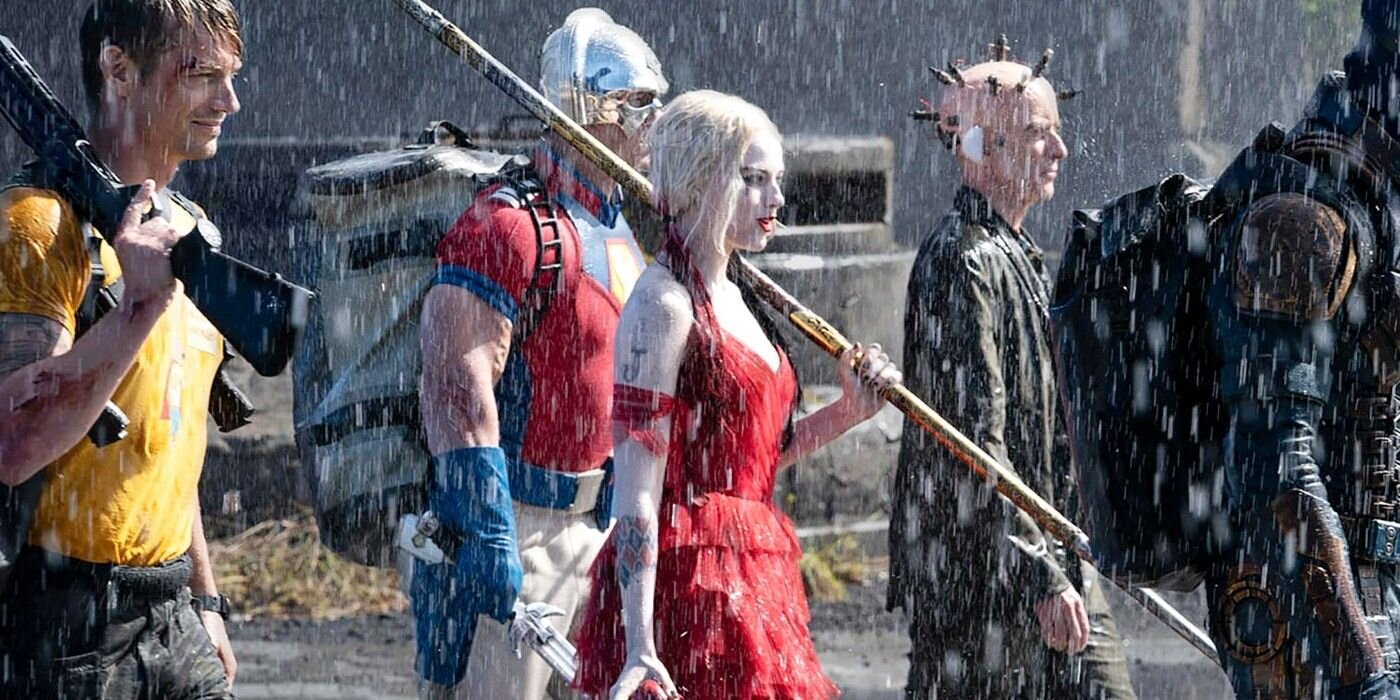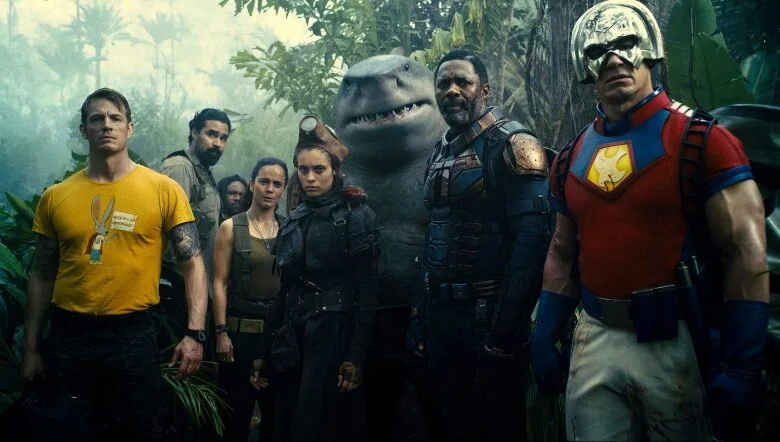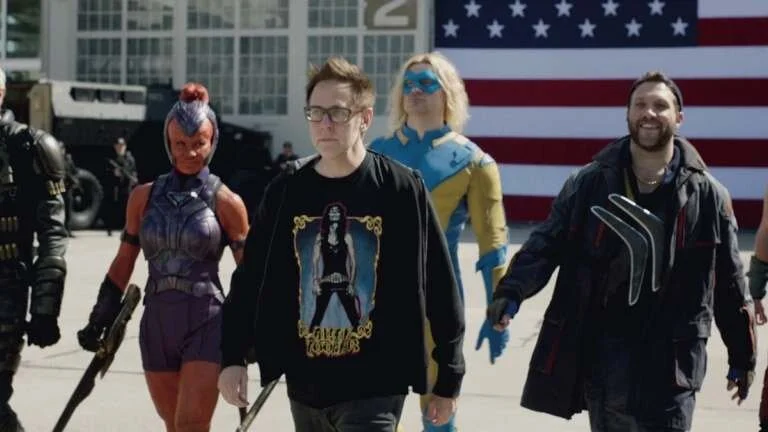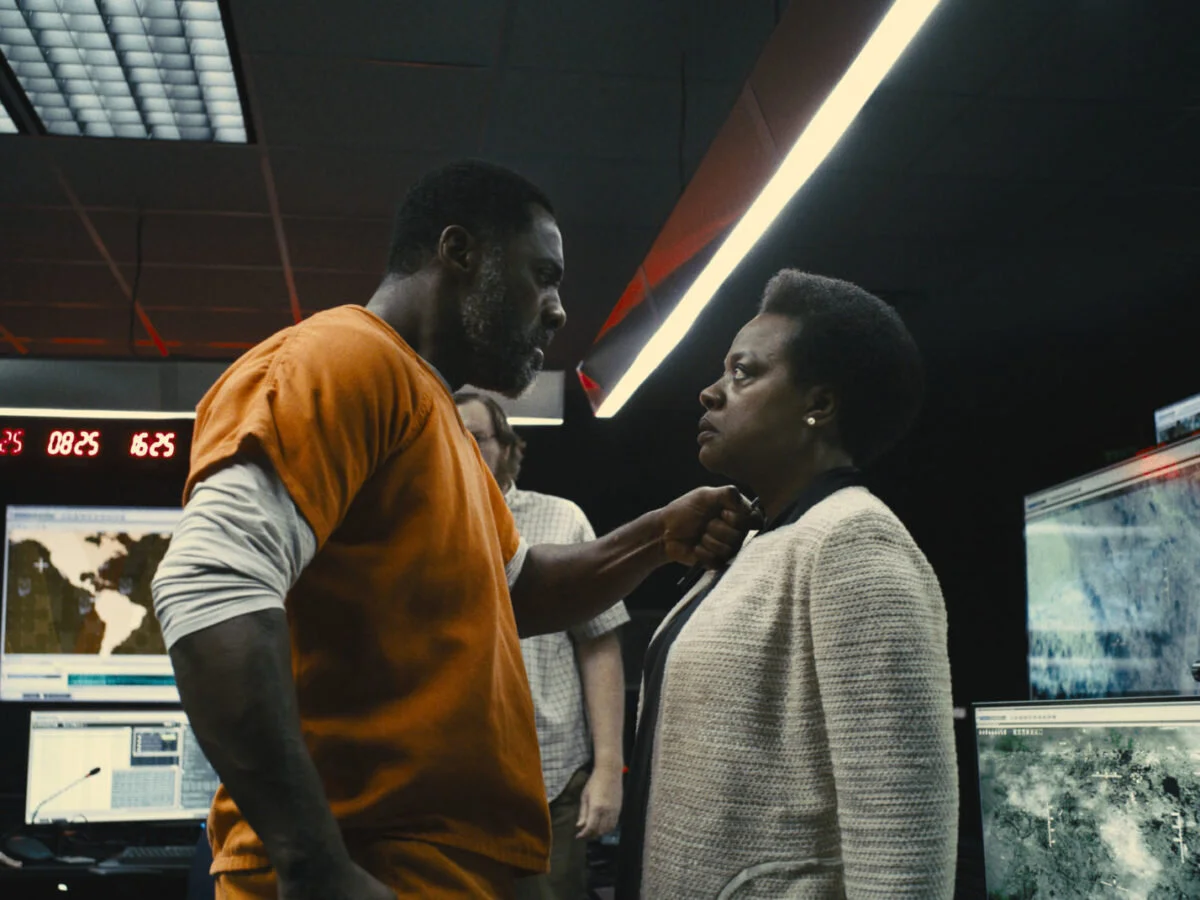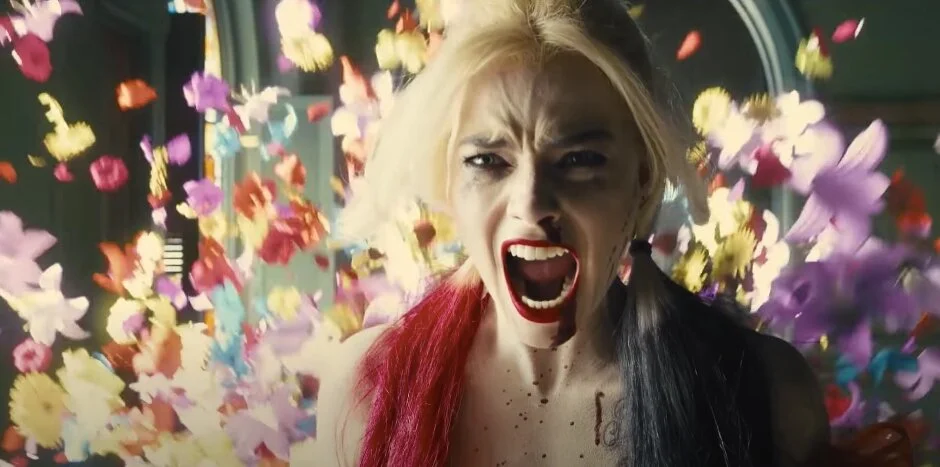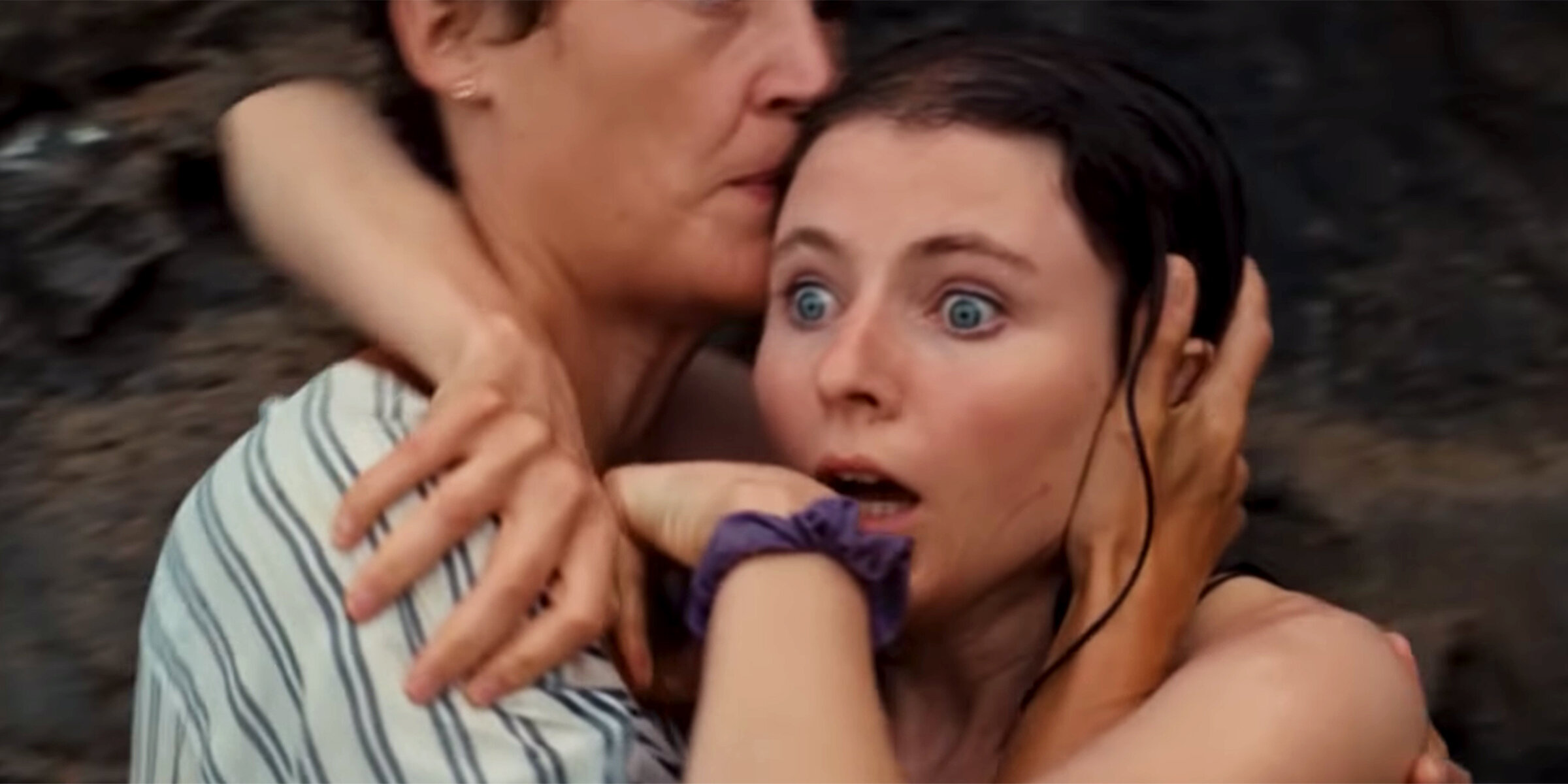Directed by: Michael Showalter
Written by: Abe Sylvia
Starring: Jessica Chastain, Andrew Garfield, Vincent D’Onofrio, Cherry Jones, and Gabriel Olds
Runtime: 126 minutes
“The Eyes of Tammy Faye” changes perceptions
Mention Tammy Faye Bakker to anyone who lived through the 1980s. The first image that comes to mind for many such folks is comedienne Jan Hooks playing her during a 1987 “Saturday Night Live” The Church Lady sketch.
Tammy Faye/Jan begins hysterically crying with mascara pouring down her face after she says, “I put my hands up, and I said, ‘Demonic raisins, I rebuke you!’”
Raisins?
If you’ve never heard (or seen a clip) of Tammy Faye Bakker, she and her husband, Jim, ran and hosted a popular Christian television show called “The PTL Club” (1974 – 1987). However, the program abruptly ended when Jim became embroiled in an adultery scandal, along with blackmail and missing funds from the PTL (Praise the Lord) Ministries.
Soon after, life became a whole lot worse for Jim, and the public – by and large – vilified both him and Tammy Faye. Her image became synonymous with the aforementioned SNL moment of unforgiving – but also hilarious - ridicule.
Hooks, along with Phil Hartman as Jim and Dana Carvey as The “no-nonsense” Church Lady, delivered a brutal takedown that compares to Tina Fey’s impression of former Alaska Governor Sarah Palin. Except in Hooks’ case, she only needed a singular sketch to deliver this everlasting impression, and once SNL sets its sights on your person with a dead-on impression, you’ve crossed a bridge with no way back. Well, in most cases, because U.S. Supreme Court Justice Brent Kavanaugh seems to be faring just fine on the highest bench in the land, even after Matt Damon – as the judge - carried on about beer and Tobin, PJ, and Squi in 2018.
The point is that the Bakkers ran into titanic career problems, but they also fell into a worse perception quandary, and Tammy Faye was seen as a sideshow or – with her trademark cakes of makeup – a clown.
Well, Jessica Chastain aims and succeeds in changing opinions about the famous/infamous televangelist in much the same way that Margot Robbie did with her portrayal of detested figure skater Tonya Harding in “I, Tonya” (2017).
Chastain gives a transformative performance here that deserves an Oscar nomination, and this film is her passion project.
During a Q&A after a Sept. 12 Toronto International Film Festival “The Eyes of Tammy Faye” screening, Jessica stated that she wanted to produce – and star in – a Tammy Faye narrative feature after watching a documentary, presumably the 2000 doc with the same name. Chastain saw Ms. Bakker as a sympathetic figure, and, through the 2021 film, she communicates her perspective.
Director Michael Showalter and screenwriter Abe Sylvia forge a straightforward biopic that chronologically follows Tammy Faye’s life, except the opening few minutes. It’s a film that moves quickly through several major lifetime highlights, and because of Jim and Tammy Faye’s collective drama and involved and winding rise to fame, the movie deliberately emphasizes dates, locales, and church organizations that help us follow along the sacred and unholy paths over a lengthy 126-minute runtime.
She was born and grew up in humble beginnings – as the oldest of eight children - in International Falls, Minn. Located near the Canadian border, this city is one of the coldest places in the U.S., and her childhood was almost as icy. Her mom, Rachel (Cherry Jones, who will always be the police officer in “Signs” (2002) to this film critic), runs her household as an authoritarian, and since Tammy Faye is her eldest, our young heroine never really catches a break.
Their family attends church, but TF loves to worship, which even befuddles her mom and stepdad. Fast forward to her college years at North Central Bible College, where she meets Jim (Andrew Garfield). The lovebirds immediately become inseparable, and their religious calling and pure ambition take them from school and on the road to spread the Lord’s word.
Although the movie’s makeup department makes Chastain almost unrecognizable during a vast majority of the 1980s scenes, the team deserves kudos for helping our 44-year-old actress look like a 20-something during the early stuff from the 1960s.
Chastain’s upstart, idealist Tammy Faye from the 60s and 70s overflows with plucky charisma, as she’s a constant source of positivity and bubbly energy and even comes up with a popular puppet idea for kids. This pair has a blast, and Showalter and Sylvia include some comedic, endearing spots for the audience, so no matter your feelings about Jim and Tammy Faye Bakker, they are a likable duo in the movie’s first half. Dare I say that TFB’s Betty Boop cadence is downright adorable.
Still, their journey inversely veers ethically downward against their meteoric rise, one that includes television stardom and rubbing elbows with Pat Robertson (Gabriel Olds) and Jerry Falwell (Vincent D’Onofrio).
Garfield is especially good at depicting Jim’s obsession with securing more pledges rather than furthering righteous deeds. During the film’s second half, Garfield’s Jim regularly looks exhausted, like he just got off the phone with an angry creditor, and in one scene, that’s the case.
He’s compromised. He’s tainted.
By default, so is Tammy Faye, but the screenplay keeps her and the audience in the dark on Jim’s daily corruption. He’s twisted in a tornado of schemes, but the stormy details are mostly kept off-screen. Instead, Tammy Faye and we see the stresses on Jim’s face but don’t know the extent of PTL’s money problems. In the movie, Tammy Faye freely shops and lives extravagantly, but she’s not involved in the day-to-day and long-term dishonestly. In a way, she’s a mob boss’ wife.
More surprisingly, Tammy Faye maintains progressive stances that clash with Robertson and Falwell. She also stands up to the industry’s patriarchy, so - as previously mentioned - “The Eyes of Tammy Faye” may effectively change your previously-held beliefs.
First, Tonya Harding in 2017 and now Tammy Faye in 2021. Who would’ve thought that was possible?
As The Church Lady would say – but without sarcasm - “Well, isn’t that special?”
Jeff’s ranking
3/4 stars








